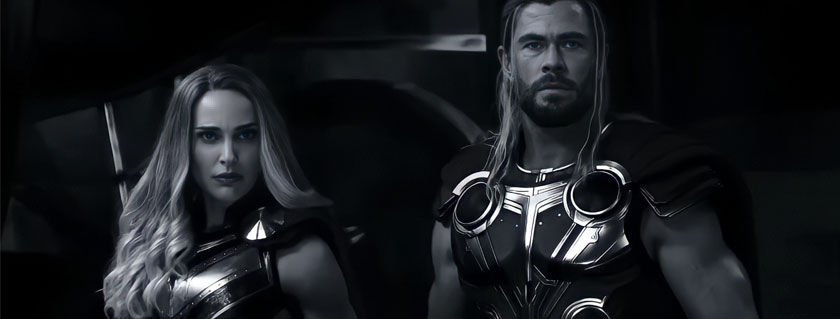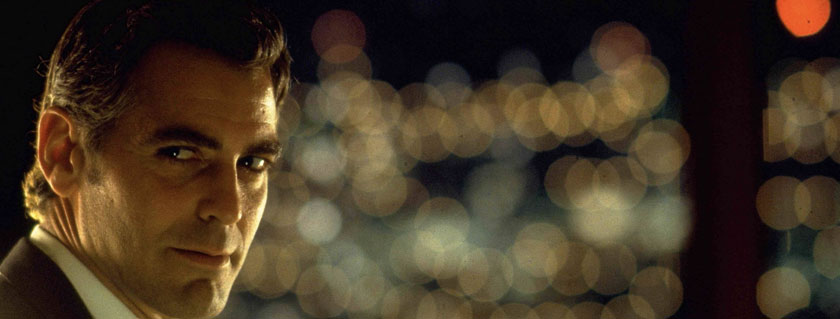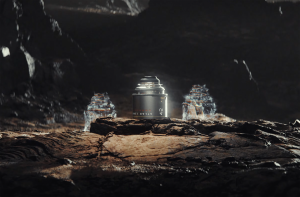As the director, you’re responsible for the entire viewing experience. Here are some under-appreciated but extremely effective techniques to make your job easier.
Cover image via Disney.
The words “Directed by” usually show up at the end of a title crawl, and they are there because the director is, frankly, the person in charge. But in charge of what? Well, lots of things, and most of those things are, rightfully, delegated to professionals who can make snap decisions and get things done (like what brand of bagels the craft services table serves). And while the director manages all the moving parts of actually making a film, they also manage the ephemeral parts of the film. They take care of those unquantifiable — yet so very, very important — things like pacing, color, and mood.

You can’t just scream “Give me Blue Mood #42” into a megaphone and expect the crew to know what you’re talking about. You have to know to build such a thing.
In this series, we touch on a few of mood-builders that are critical to building something grander than a series of pictures running at 24 frames per second with some “whocka-whocka” noises in the background.
The Magic of Audio
A film is more than a series of flickering pictures; it’s also an auditory experience. An audience can be teased, manipulated, and knocked out of their seats by the sonic experience of a film, and it’s not just with sound effects. Light saber noises are cool and all, but it’s that “Imperial March” that really raises the goosebumps. Whether you’re the Duffer Brothers resurrecting a forgotten classic from the ‘80s for Stranger Things or Tony Scott stabbing a scene with some Nine Inch Nails industrial skronk, a soundtrack can really help sell a scene.
For a full discussion on how directors use a soundtrack to set the mood of their film, check out our guide to mood-making with your soundtrack.
Color-Correcting Your Way to Happiness
In addition to whispering sweet nothings to your audience with your soundtrack, you can also hang bright colors in the background to change how people feel. Well, okay, so it’s a little more complicated than slapping a dozen filters on your rig and banging the color-correction settings all the way to the left.

We only have to look at this summer’s mega-Marvel hit, Thor: Love and Thunder to see Taika Waititi using 21st-century techniques to turn Chris Hemsworth and Natalie Portman into iconic black-and-white Hollywood stars. And when tiny color bursts start to creep into the Shadow Realm, you know audiences are reacting like cats losing their minds over a laser pointer.
Our rundown of techniques and mood-setting with color is available here in “Your Friend, the Color Wheel.”
Lights! Color! Slo-Mo!
While the standard frame rate of a film is set to most accurately pace the brain’s ability to process visual information, that doesn’t mean a director has to pace their film at that same rate. Techniques like undercranking (well, underdialing in this day and age), stop-motion, and freeze-frames allow a director to emphasis the action as they see fit.

Steven Soderbergh’s crime dramas are rife with freeze-frames. Some of them are in focus. Most of them aren’t. Visual clarity isn’t the point. Snap-capturing the mood is. In Out of Sight, when U.S. Marshal Karen Sisko (played by Jennifer Lopez) taps her whack-a-mole baton against the wall in a thug’s house and Soderbergh freezes the shot, all you can think is “badass.” And when Sisco and Jack Foley (played by George Clooney) take a “time-out” a few scenes later, what they’re not saying on-screen is emphasized by candid snapshots of what they’re about to be doing.
Check out more on pacing, from Nicholas Winding Refn’s audacious use of the lingering hold to Michael Bay’s drones on crack approach to tracking shots in our article on pacing.
Looking for some tools to up your directing game? Here are a few resources we’ve collected from around the internet.
- Save the Cat! offers a software package that will help you hit all the right beats in your screenplay.
- Check out Movies in Color, which breaks down a broad spectrum of films into their respective color palettes.
- This cool infographic from Studiobinder is a helpful field tool when it comes to using color in your movie.
- If you need a cool (and entertaining) tool for some pre-vis (or even just some killer social media posts), learn how to use DALL-E in this guide.
- And if you’re planning on using some animations or special effects, do yourself a favor, and learn how to make them yourself, right in your own home, in this helpful video tutorial . . .
And if you need some creative assets, check out our free footage, music, and sound effects at Videvo.net, or help yourself to the following:
- 10 Free Ambient Tracks for Your Creative Projects
- 18 Free Rain and Storm Assets
- Eyes in the Sky — 15 Free Aerial Stock Footage Clips
- The Sounds of Summer: 23 Free Assets for Podcasters
- Summer Mixology — 21 Free Filmmaking Assets
Need a break? Check out our videvoscapes — the ultimate reels for relaxation or concentration. Each videvoscape collects hours of high-definition nature footage and background video with downtempo chill beats for the ultimate escape from the grind.



